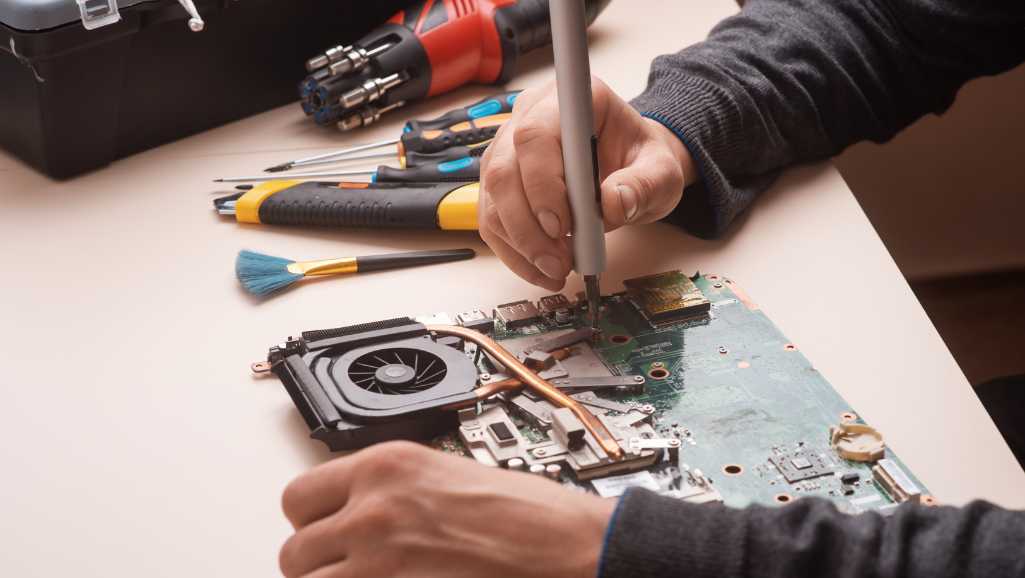
Asus laptop black screen fix
Asus Laptop Screen Not Working? Here’s How to Diagnose and Fix It Laptop screen issues can be frustrating, especially when your device powers on but


Photo via Canva
 Selecting the right repair shop is a pivotal decision in the computer repair process. Your choice can significantly impact the quality of the repair and the safety of your data. Here’s how you can research and choose a reputable computer repair shop effectively. Firstly, start with thorough research. Look for repair services with strong reputations and positive customer reviews. Online platforms can be invaluable here, offering insights through customer testimonials and ratings. Additionally, seek recommendations from friends, family, or colleagues who have had similar repair needs. Personal experiences can provide a trustworthy gauge of a shop’s reliability and service quality. Next, consider the shop’s specialization. Different repair shops may have expertise in various areas – some might be more proficient with hardware issues, while others could specialize in software problems. Choose a shop that aligns with the specific issues your computer is facing. Also, check if the shop has experience with your computer’s brand and model. Specialized knowledge can make a significant difference in the repair quality.
Selecting the right repair shop is a pivotal decision in the computer repair process. Your choice can significantly impact the quality of the repair and the safety of your data. Here’s how you can research and choose a reputable computer repair shop effectively. Firstly, start with thorough research. Look for repair services with strong reputations and positive customer reviews. Online platforms can be invaluable here, offering insights through customer testimonials and ratings. Additionally, seek recommendations from friends, family, or colleagues who have had similar repair needs. Personal experiences can provide a trustworthy gauge of a shop’s reliability and service quality. Next, consider the shop’s specialization. Different repair shops may have expertise in various areas – some might be more proficient with hardware issues, while others could specialize in software problems. Choose a shop that aligns with the specific issues your computer is facing. Also, check if the shop has experience with your computer’s brand and model. Specialized knowledge can make a significant difference in the repair quality. 
Asus Laptop Screen Not Working? Here’s How to Diagnose and Fix It Laptop screen issues can be frustrating, especially when your device powers on but

Data Recovery from Damaged USB Drives: Step by Step Guide In an age where everything is digitised, USB flash drives remain a common storage medium

What to Do When You Lose Data After a System Crash: A Complete Guide for Singapore Users System crashes can happen when you least expect
|
*We are OPEN on 3 May 2025 (Polling Day). CLOSED ON 1 May 2025 (Labour Day) |